5 Non-Toxic Methods That Really Work for Killing Weeds
Weeds are everywhere—lawns, parks, roadsides, driveways, my garden, even busting their way through asphalt and cracks in sidewalks. Weeds thrive without fertilizer, love arid conditions, and require no care or attention. If you don’t want weeds to take over your garden, yard, or neighborhood, you need a reliable and inexpensive way to take them out.
There are a number of effective ways to kill weeds. Some involve chemicals or require digging. The problem with chemical weed killers is they aren’t always effective, they can be expensive, and cause health problems. Sure, digging is always an option, but now we’re talking heavy tools and a lot of sweat. I say we look to non-chemical, cheap, and relatively easy ways to kill weeds that really work.
Before we get going here, let me make clear that these weed-killing options are generally non-selective. That means they will kill whatever vegetation they touch including lawn grass.
Depending on the area and what you are trying to accomplish—say walking paths, driveways, or sidewalks—that may not sound so bad. Be wise, use these options carefully. Make sure to always label homemade solutions and keep them out of the reach of children and pets.
Vinegar
A vinegar solution is one of the most common homemade weed killers. All you need is vinegar—distilled white vinegar, apple cider vinegar, or cleaning vinegar—and a bit of dishwashing liquid like Blue Dawn.
USDA researchers confirmed that acetic acid in vinegar is effective at killing some common weed species, including Canada thistle, lamb’s-quarters, giant foxtail, velvetleaf, and smooth pigweed.
To be the most effective, the acetic acid concentration in the vinegar should be above 11% to burn and kill the plant. The dishwashing liquid acts as a surfactant to help the vinegar cling to the weed’s surface longer.
Pro Tip
Distilled white vinegar found in supermarkets is weak at 5% acidity, and while it will work to kill weeds, it takes longer and may require re-treating. “Cleaning vinegar” is typically 30% acidity, depending on the brand, and assures your weed-killing labor is not in vain.
Pour undiluted vinegar into a large spray bottle. Add about one tablespoon Blue Dawn per gallon of vinegar (you can eyeball it) and shake to mix. Apply when the weather report says you’ll be getting a few continuous days of sunshine. Rain will wash the vinegar off the weeds too soon. Most of the damage happens when the sun hits the weeds’ leaves. Spray directly onto the weeds, being careful to keep the solution away from other plants.
Ultra Blue Dawn
Dawn dish soap weed killer is a popular choice for many gardeners because it is effective and safe. It works by breaking down the plant’s cell walls, causing the plant to dehydrate and die. It is especially effective as a moss killer.
For a general weed killer, mix one cup of Ultra Blue Dawn dawn dish soap with two cups of water in a spray bottle. Shake well and spray on weeds, being careful to avoid over spraying onto plants you want to live. Be sure to spray on a sunny day so that the weeds will dry out quickly. Reapply as necessary.
To kill moss, especially those ugly patches in the lawn, mix 4 ounces of Ultra Dawn dish soap with 1 gallon of water in a sprayer and apply directly to the moss; it will turn brown and die within a week or so. Moss can be tricky to eliminate, and the conditions causing its presence need to be altered, but with an old recipe like dish soap and water, moss can be dealt with safely and cheaply.
Rubbing Alcohol
Rubbing (isopropyl) alcohol works to kill weeds as it removes moisture from the weed’s foliage causing it to die. Use two tablespoons of rubbing alcohol for every one quart of water. Mix the solution in a spray bottle for ease of use. As with vinegar, apply on a sunny day, and spray directly onto the weeds, being careful to avoid vegetation, plants, and flower that you want to live.
Boiling Water
Here is the cheapest of all non-toxic, effective weed killers. And it’s easy to prepare and use.—no mixing required and it works on a sunny day as well as in the middle of the night—even in the pouring rain.
Boil water and carefully pour enough on the leaves so it seeps deep into the roots. It’s helpful to use a kettle with a spout to target the unwanted weed. I use my electric kettle plugged into a heavy-duty extension cord. I set this right near the area I’ll be killing weeds which means I don’t have to carry it from the kitchen. For this to be effective, the water needs to be boiling hot.
This is a weed-killing method best accomplished when there are no pets or children anywhere near.
Propane torch
More from Everyday Cheapskate
Please keep your comments positive, encouraging, helpful, brief,
and on-topic in keeping with EC Commenting Guidelines
Last update on 2024-04-24 / Affiliate links / Images from Amazon Product Advertising API

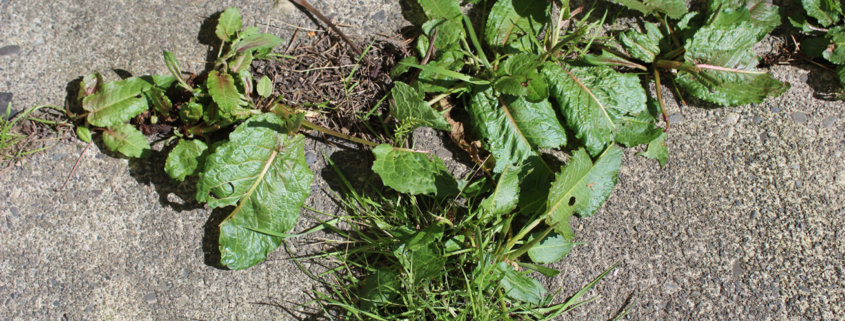
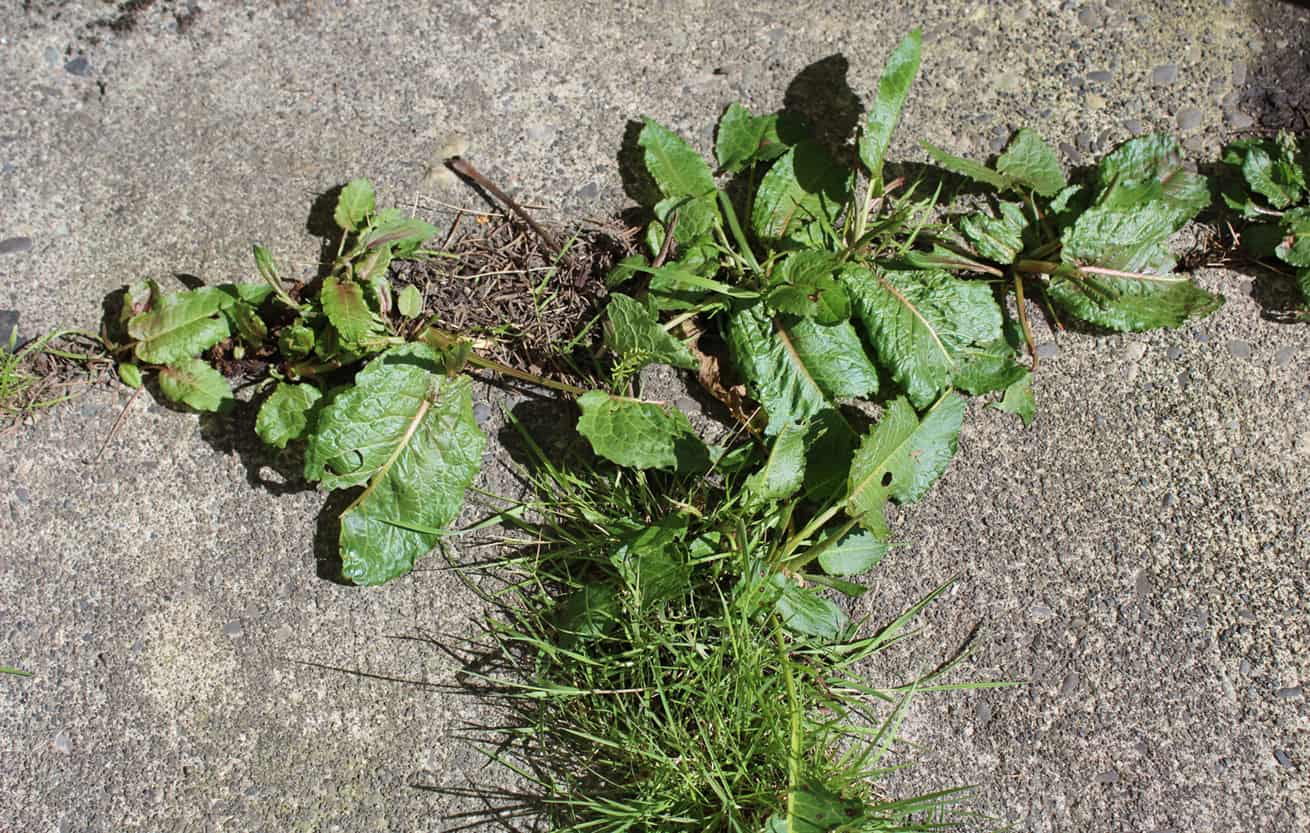


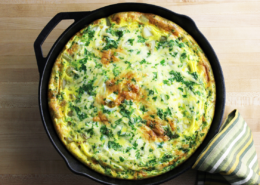
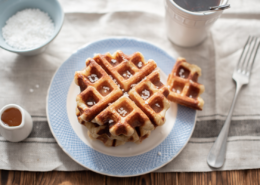

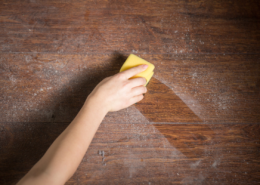







Do you have a way to kill grass and weeds around a lake, that will not harm fish.
I’m really loving this
Will this spray kill poison ivy going up a oak tree? Will it hurt the tree?
Although vinegar is an effective solution, it’s only short-term and less effective when the poison ivy is a mature plant with a developed root system. Unfortunately, the poison ivy will return the following year if you do not eradicate the roots. It is unlikely that the vinegar overspray would harm a mature tree, however I am not a trained arborist. This may be a problem that needs solving by a professional.
‘weed killer’ comments are certainly welcome- too many of the darned weeds.
Hey- worried about killing nearby plants when you try to get just the weeds? Keep a piece of cardboard with you- when spraying a weed near a plant, slip the cardboard between the two so spray doesn’t touch the good plant(s).
Using cardboard as a shield is an excellent idea, Karen!
Hi Mary♀️
You are absolutely Beautiful by the way!
Thanks for the tip using Vinegar & Dawn in the cracks on my front pavement it worked!
Aw, thanks Jackqueline for your feedback and kinds words.
Actually, vinegar although a natural product is not good for your yard. It will strip the skin off any amphibians that it touches and kill the worms and other good microbes in the soil. Better off using round up which is safer for the critters.
Please consider the recent controversy surrounding roundup and consider whether or not your health is worth it.
Thank you for all your suggestions. HOWEVER…………..
Dandelions are NOT weeds if you look after them. The flowers are wonderful for bees and once the flower has died off, pick it off so that the seeds do not blow all over.
Pick them freshest of the leaves and add them to salads. They are delicious and grow again very quickly to pick and eat again.
While interesting, seeing them in sidewalk cracks and growing where they should not be, is a problem that for many of us puts them in the common weed category.
A weed is defined as any plant growing where it’s not wanted.
Example: A rose bush growing in a corn field is a weed.
Thank you for saying this. It surprised me to see a dandelion asad a weed. The flowers are also made into a cold tea, and it’s medicinal.
Yes the dandelion salad is delicious with olive oil and lemon after boiling for about ten minutes or more if you want. I learned from my Greek grandma. We used to eat it very often. Kali orexi.
Those were great weed-killing tips! May I add one more? SALT! Regular table salt works well, and I’ve used water-softener salt. This method works especially well for grass and weeds growing in cracks in the sidewalk. It’s inexpensive, too!
Yes, that works as well. Just know that salt will eventually sterilize the soil so that eventually nothing will grow in the areas you have salted. That might be a good thing for some situations.
Do you think the vinegar/dawn solution would kill grass growing where it doesn’t belong?
Yes. Make sure you read Hands Down the Best Way to Kill Weeds and It’s Not Roundup for more details and information.
You had a fantastic recipe for getting gunk off of those cheap plastic chairs. I used it once and it worked wonderfully. Of course I didn’t save it…. Can you provide me with it again?thanks so much…..
Is this it?
Chalky Plastic White Chairs
If your white plastic lawn furniture has taken on that “chalky” dull, ugly finish, it’s disheartening when you’re not in a position to buy new ones. Good news! You may not have to. It’s going to take some arm muscle and a bit of time, but you can get rid of that chalky finish, which is evidence that the plastic has begun to degrade to get at least another season or two out of that furniture.
Caution: Do not go for steel wool or scouring powder if you don’t want to scratch up your chairs for good.
Instead, get out the baking soda and that can of car wax. First, wet down the chair with a soft wet sponge. Next, Liberally sprinkle baking soda all over it and rub the wet baking soda/water mix to cover the entire chair. You may find it easiest to sprinkle baking soda on the wet sponge before rubbing down the chair. Either way, the baking soda paste will work some magic on the chalky finish. A good water rinse job, towel dry, and then a dab of car wax rubbed in with a soft cloth, then once dry, buffed to a shiny finish will seal the plastic again. You’ll be amazed at how you’ve prolonged the life of your furniture!